Last week, we looked at Deana Vazquez’s portrait for the Auxientia steampunk fantasy live action role-playing game. The week before, we took a look at some snapshots on the opening night of the game itself. This week in our steampunk portraits series, we’re looking at player John Kidd as his character Robert Irons.
For those just catching up, Auxientia was a game I co-created with Nathan Pease and Hilary Dirks Norton in 2019, which had its first event in 2022 and its second in May 2023.
Who Is Robert Irons?
Part of the Irregulars faction in the city of Auxientia (the common people), Irons stands for the rights of workers in the city and fights against the forces of oppression. However, a radical group has emerged among his most devoted followers. Calling themselves the Men of Iron, these extremists have taken Robert Irons’s words to extremes, inciting violence and acts of terrorism, and forcing Irons to reevaluate his own words and actions, as well as his responsibilities to the people who follow him.
It’s a compelling dramatic narrative, and it makes Irons an interesting dramatic character. The game runners at Auxientia try to give Irons opportunities to shine as the bold and forthright leader John Kidd wants him to be while also giving him some internal and external conflicts to deal with. There is no right or wrong answer to how he does that, and John has the agency to make the choices he wishes with his character. The narrative adapts to those choices.
Photography
John is always a pleasure to photograph. He’s a fantastic subject who brings the emotion and attitude of his character front and center. Like great actors of film and television, when John’s in front of the camera, he puts on the character, and the character lives within him. You can see Irons in John’s eye, in his expression, in his being.
For the Auxientia portraits this year, I tried a fabric background for the first time. This came from Westcott, and I’m pretty happy with the way it folded up for transport (as opposed to the long rolls of paper or canvas I usually cart around). We used two lights for these portraits—one big, square softbox and an umbrella for fill.
Editing John’s portrait was a relatively straightforward job. Most of the extra time I took on this one was in deciding NOT to go too far. In particular, I toned down some of the plastic parts on his gun and flattened the highlights on the gun so that it looked more like wood and less like metal.
John is the poster child for my Auxientia portraits, having been the first to buy a Distant Era portrait last year (as well as this year!). His characters always have such presence in his portraits. This time, John commissioned a few, including some with last week’s subject, Deana, as Officer Prescott.
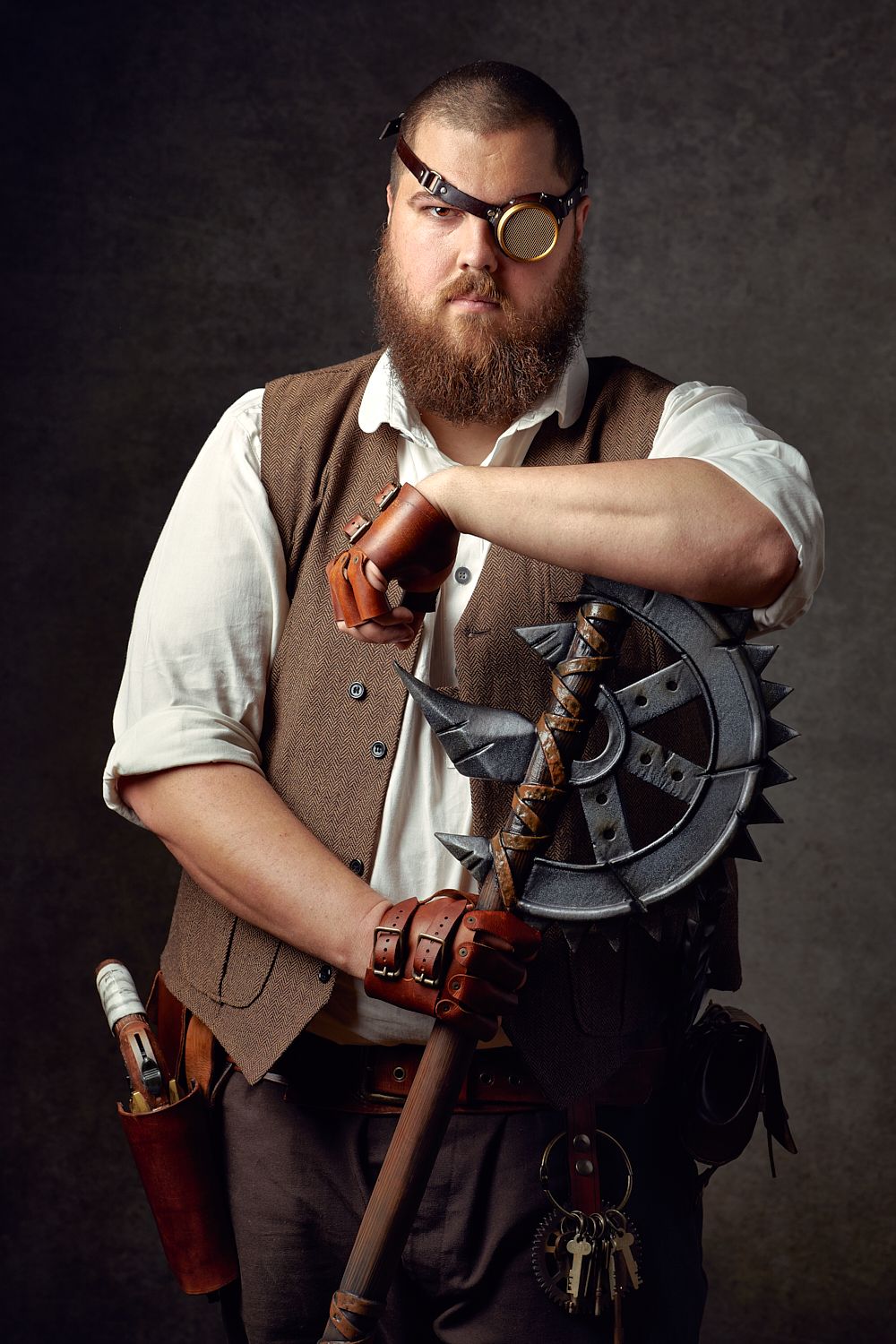
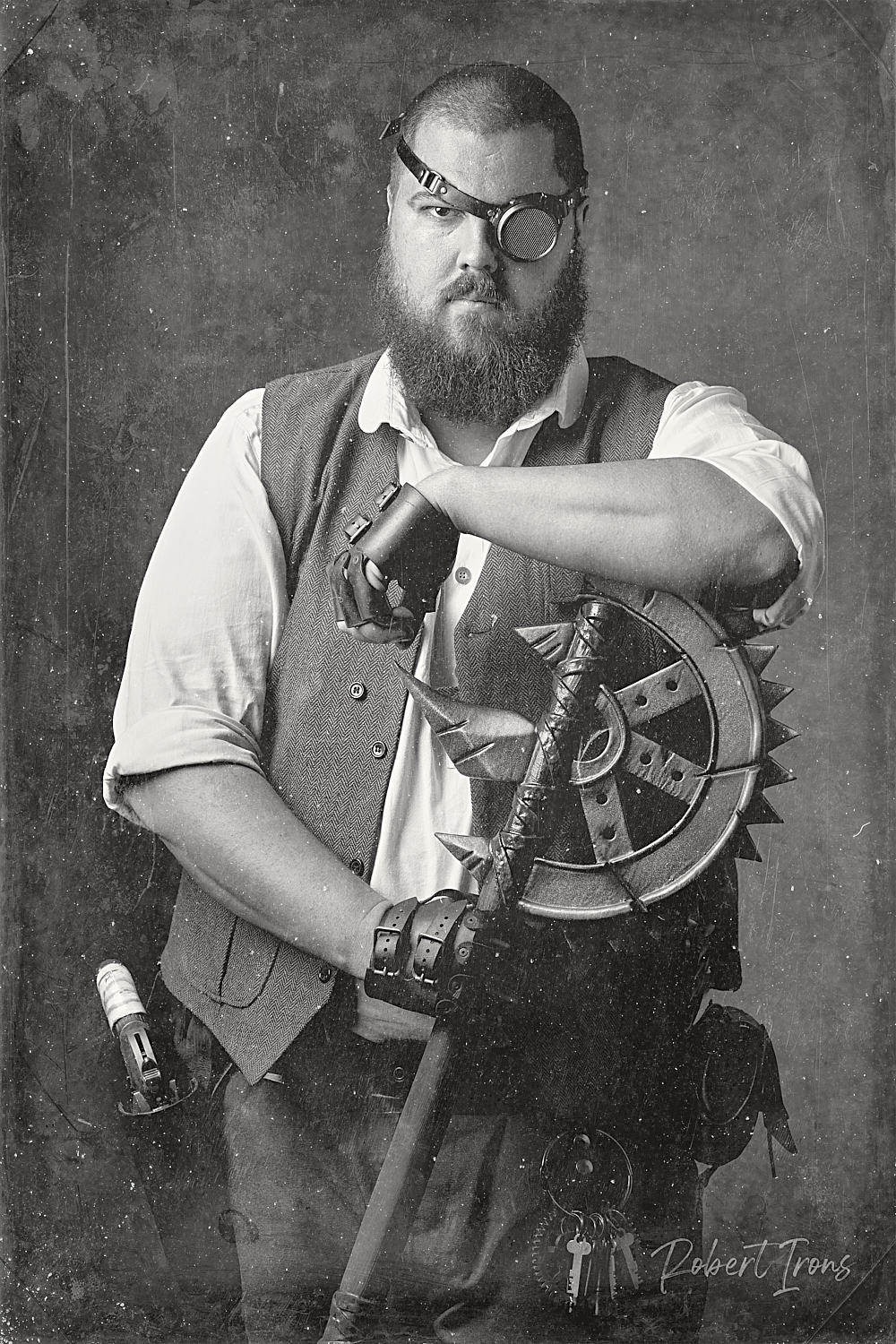
Couples
The couples portraits were where I spent most of my editing time, as (in the color versions) John and Deana have different skin tones, and John was slightly behind Deana, which meant that even at f/8, his eyes were less in focus.
For the second couples portrait, John requested one where he was smiling and pointed out a different picture where he was wearing a slight smile. Ordinarily, the head swap would have been a simple matter, however he was noticeably less in focus on the second shot. Instead, I used Photoshop’s Liquify menu to increase the smile in the portrait that we had, adjusting the eyes to match the way he smiled in the other, fuzzier image. In the end, the photograph John selected looked like it wore a smile incredibly similar to the fuzzier photograph. It’s kind of nuts that we can make those kinds of adjustments. I’ve never felt the need to use those tools before, but this was a circumstance where they were extremely handy.
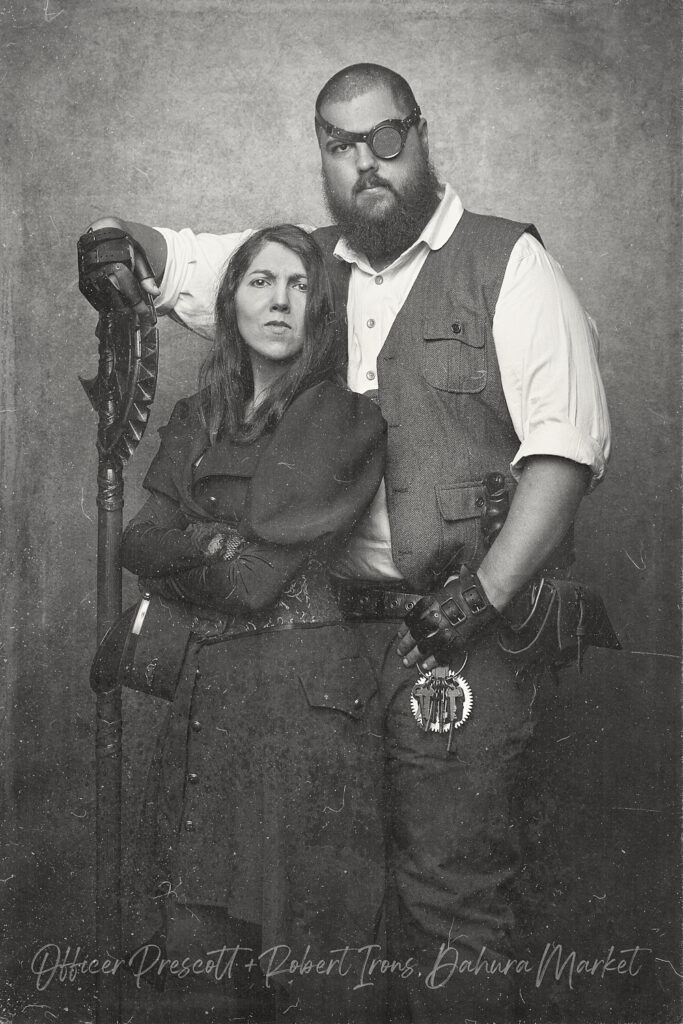
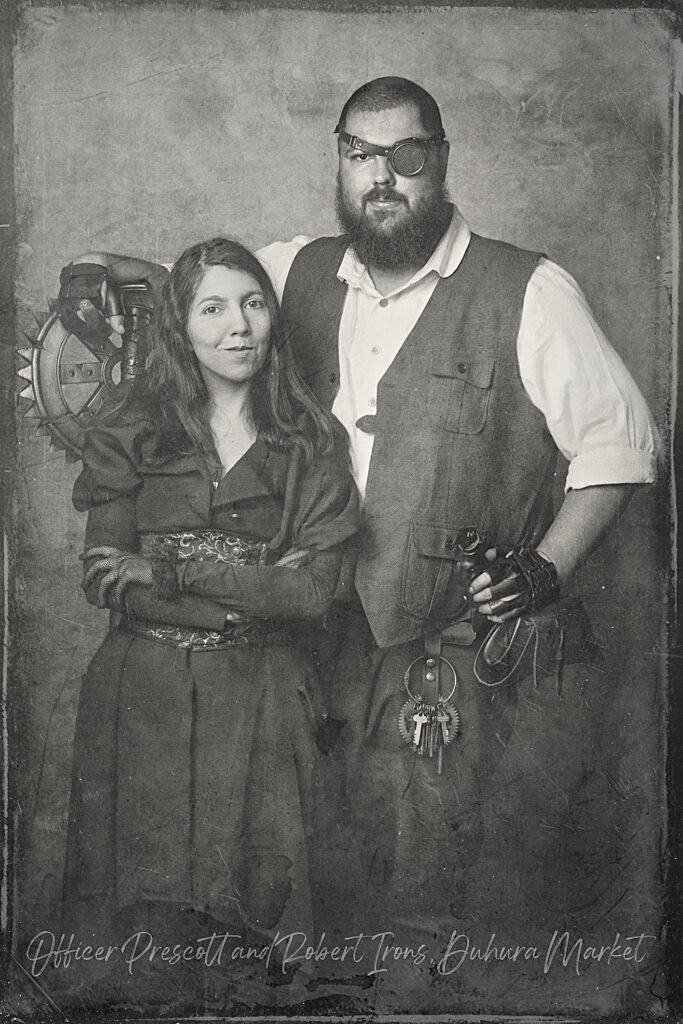
Stylings
I’d love to make an actual daguerreotype photograph someday. The Eastman Museum in New York once offered classes on creating tintypes. For now, I dwell in the digital darkroom, where I learned to create the daguerreotype styles from a tutorial by Chris Spooner.
I’m extremely grateful to John for his patronage and friendship!


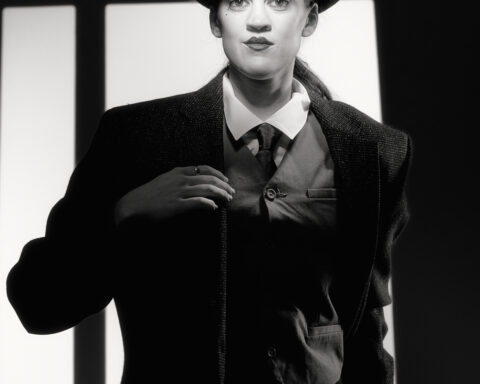
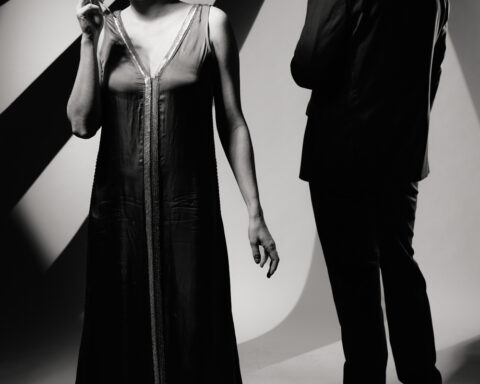
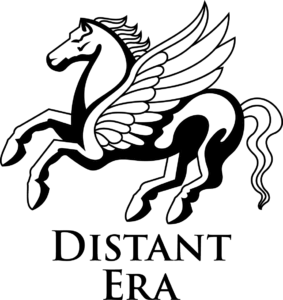
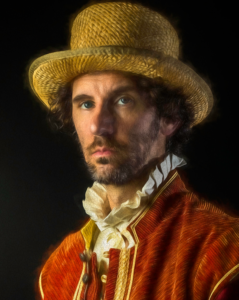
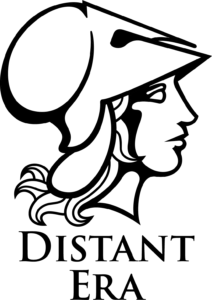
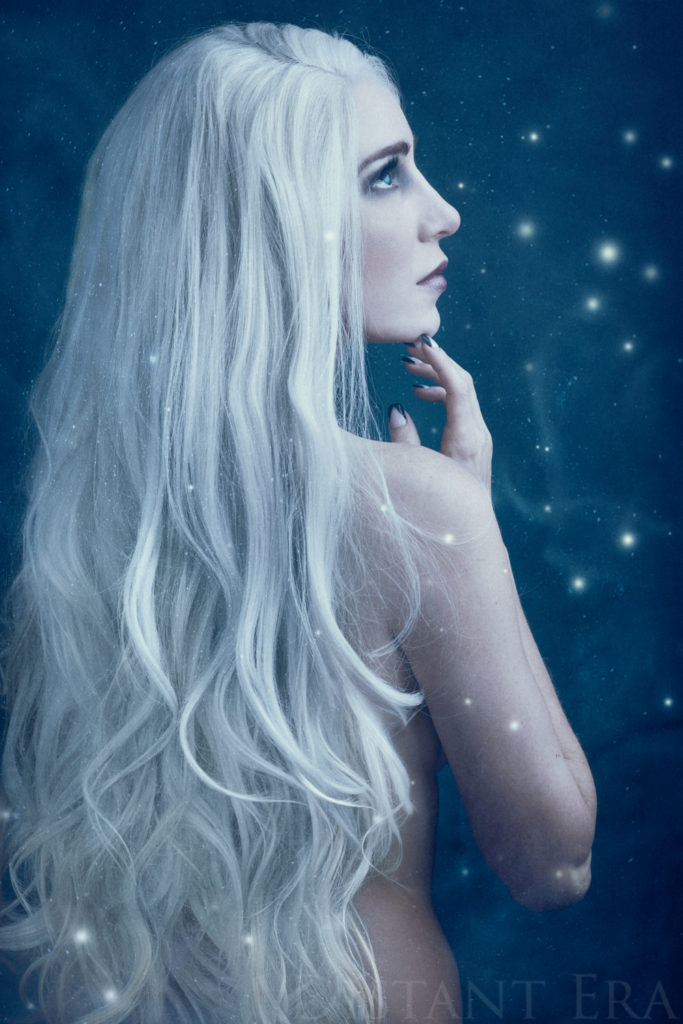
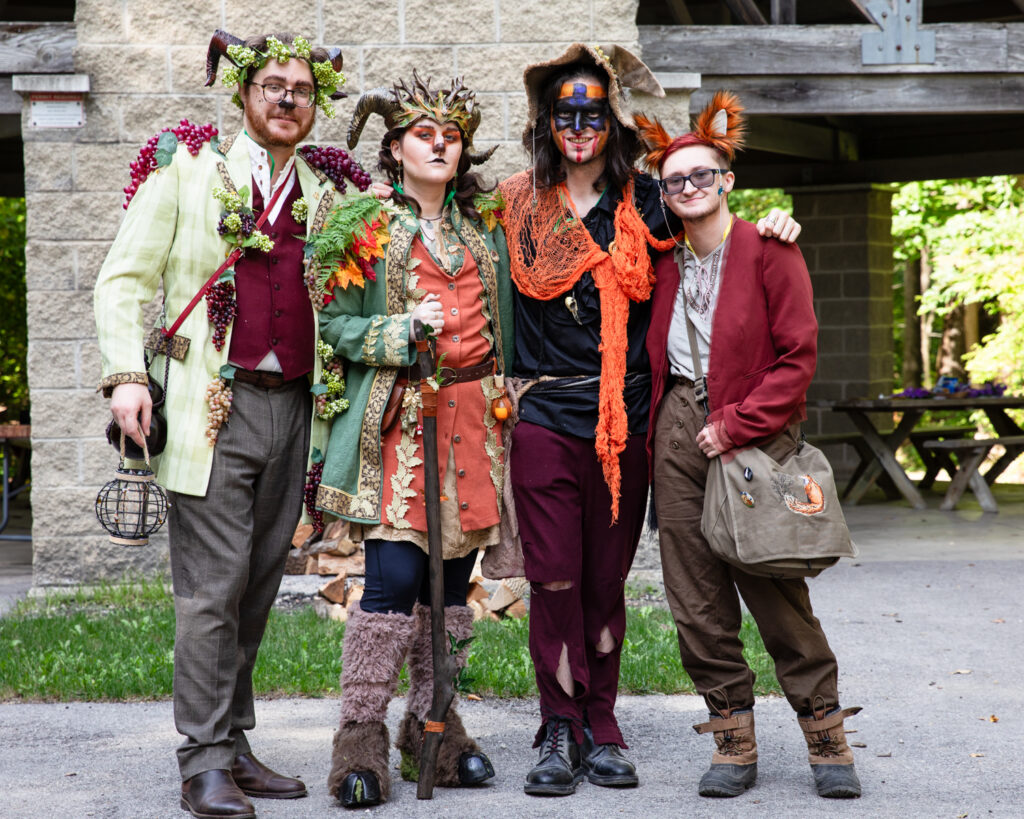
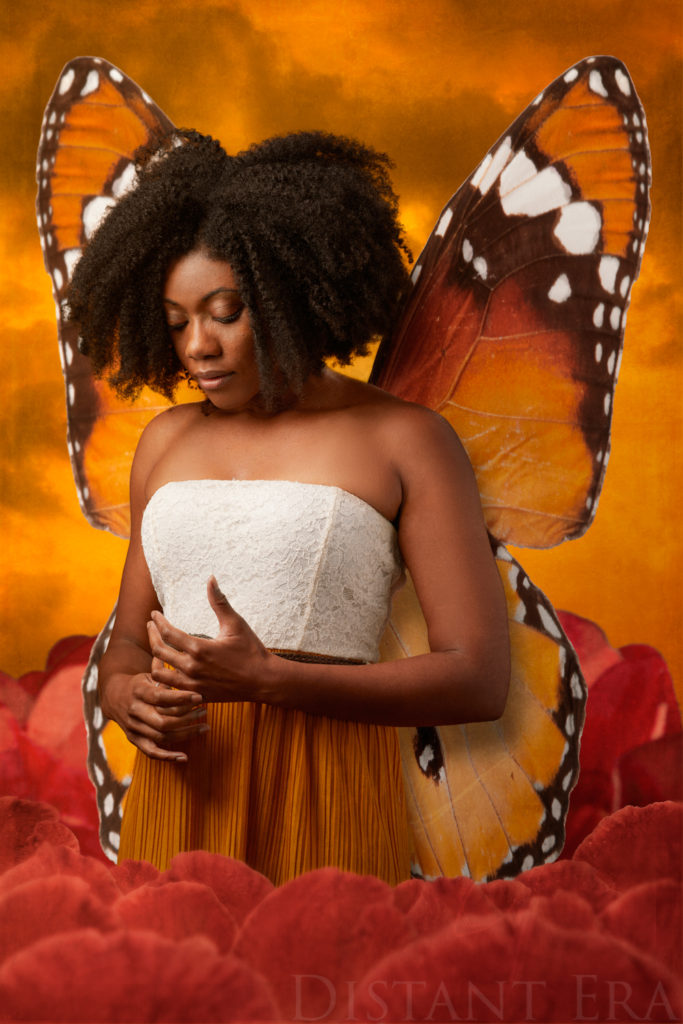
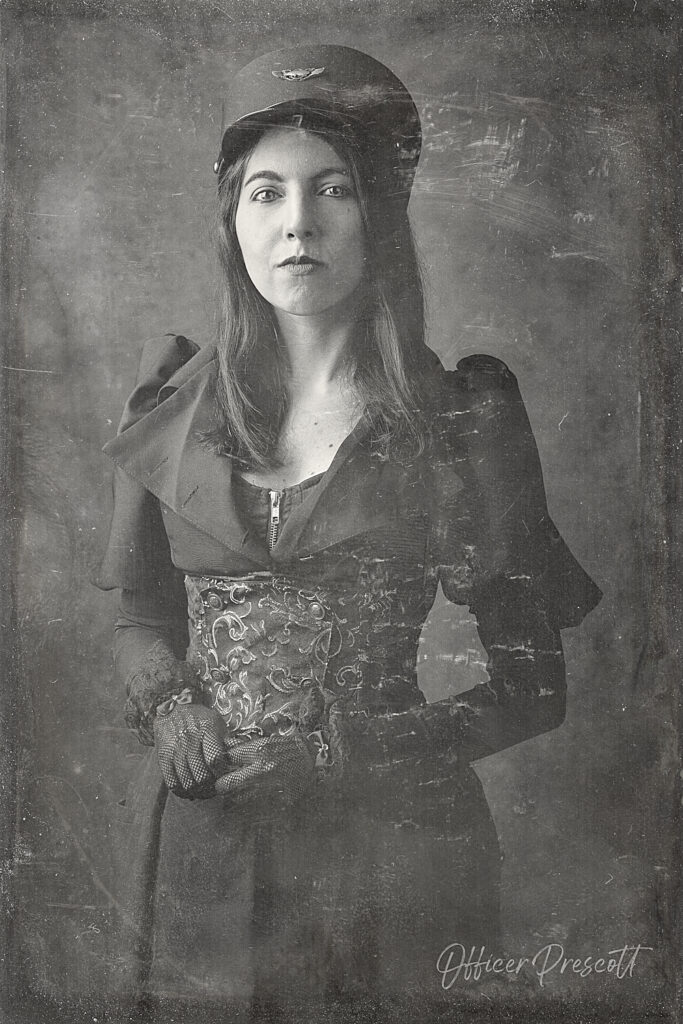

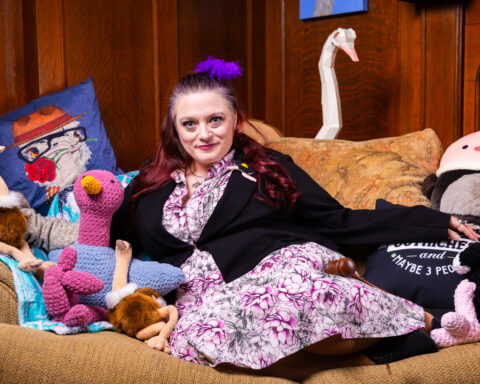


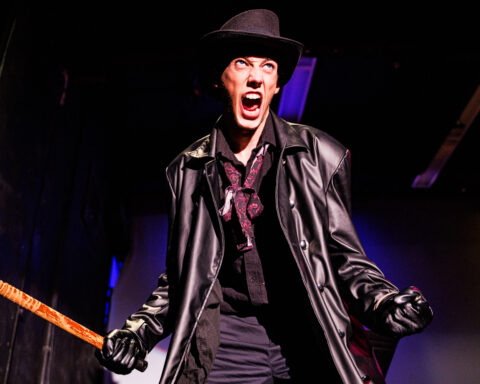
[…] with events in 2022 and 2023.) So far, our series has included Officer Prescott (Deana Vazquez) and Robert Irons (John Kidd). This week, we add Maren Tinker, played by Meredith White. In our regular […]